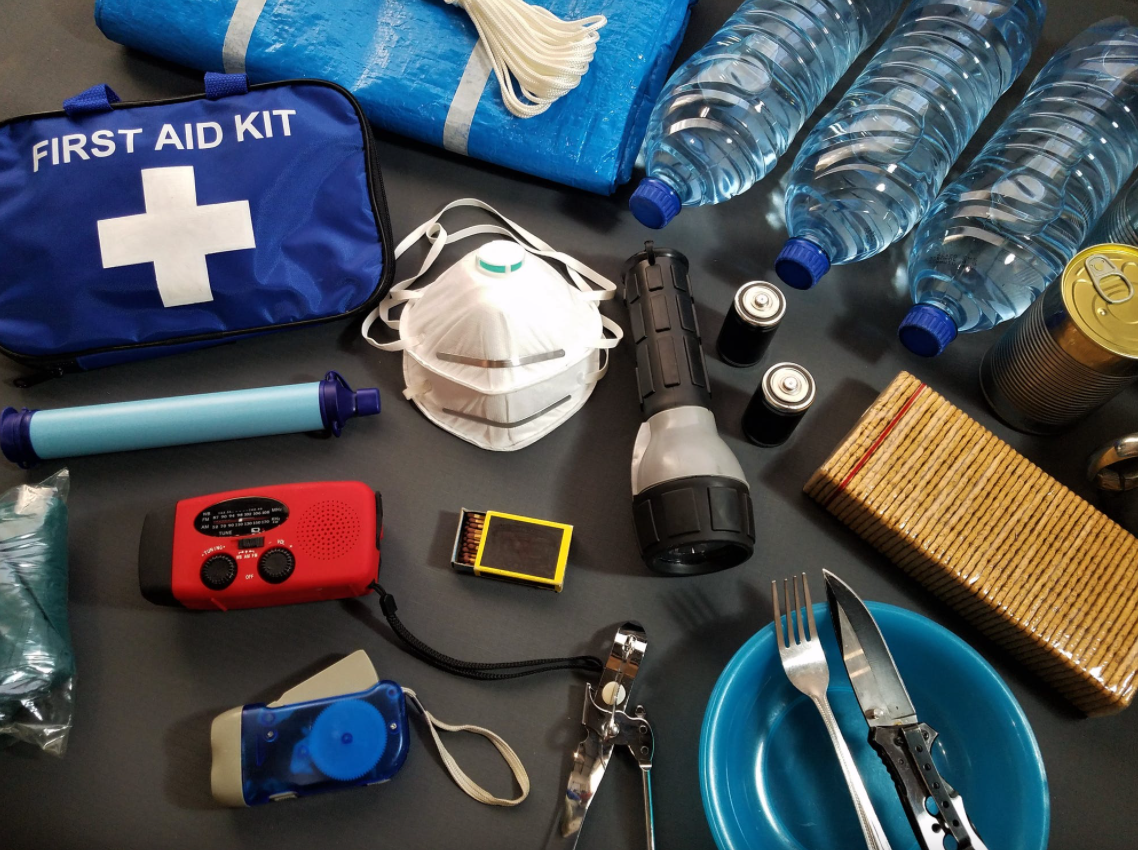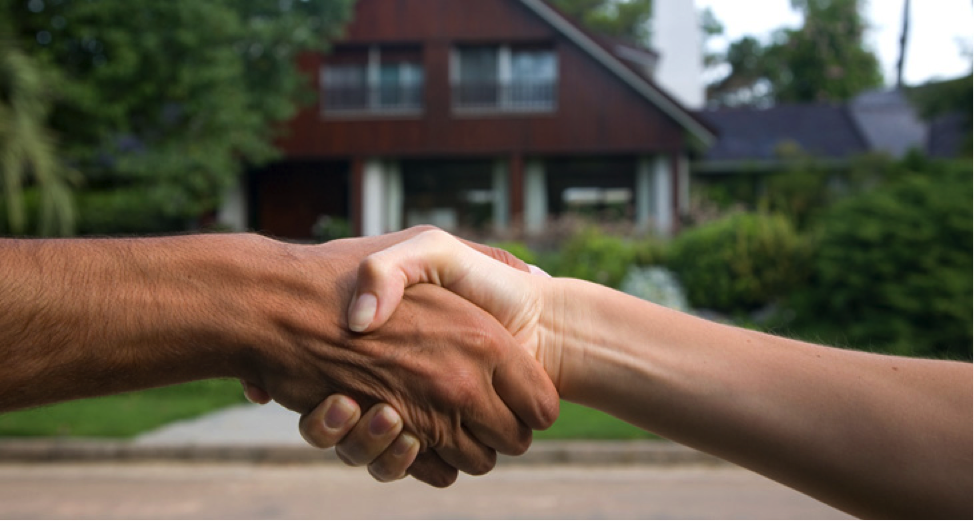10 Items You Should Have in Your First Aid Kit

Having a well-stocked first aid kit is one of the most important things you should have in your home!
A cut from chopping onions or a bruise from bumping your knee: these little accidents at home can happen even when you are being very careful. So, you need to be prepared for them by having a well-stocked first aid kit. Aside from increasing your home safety and keeping a kit at home, you can also have one in your car. This way, you can respond effectively and quickly to common injuries and small emergencies. You can easily purchase first aid kits from drugstores or assemble one for your family. The latter option allows you to tailor-fit your kit based on your family’s specific needs and activities, but remember to include vital items for various emergency instances.
Essential Supplies
When customizing your own first aid kit, make sure to pack the basics. These are items that can be used to treat minor injuries like cuts, wounds, and burns that are commonly encountered by most households.
- Elastic bandages in various sizes – These will be used to cover, protect, and dress cuts and wounds.
- Sterile gauze and adhesive tapes – Used to cover wounds and cuts, gauzes come in various sizes but the four-inch ones are the most versatile. The tape is used to hold the gauze or bandage in place.
- Rubbing alcohol – It’s very handy when you need to disinfect affected skin or clean your hands before doing applying first aid.
- Cotton balls and cotton-tipped swabs – These can be used to clean and wash wounds, as well as apply medication.
- Antiseptic solution or cream – These are meant for cleaning wounds and cuts, but they can also be used to prevent infections.
- Burn ointment – Apply this to treat minor burns and avoid infections.
- Eyewash solution – This is for washing and irrigating the eyes.
- Sterile saline solution – It helps clean wounds, before applying antiseptics and covering them with a bandage.
- Scissors and tweezers – The scissors are used to cut gauze and bandages, while the tweezers help remove foreign objects from the skin.
- Latex gloves – These can be used when treating someone so you can prevent contamination and infections. It’s best to have at least a couple of pairs.
Other First Aid Items
Aside from the essential items, you can also include these additional items as well as medications for common ailments.
- First-aid manual – This can be very handy during emergencies while you are waiting for medical assistance.
- Hot/cold pack – You can use this for muscle aches and pains.
- Medicated oil – This can help relieve dizziness and nasal congestions.
- Hand sanitizer or antiseptic handwash – These can help keep your hands clean when soap and water are not available.
- Triangle bandage – It supports an injured arm.
- Thermometer – Use this when you need to measure body temperature.
- Tourniquet – In case you need to stop blood loss, you can use this to apply pressure around a bleeding limb.
- Emergency phone numbers – Make sure to place the contact information of your family physician and local emergency services.
Medications:
- Calamine lotion
- Hydrocortisone cream
- Pain relievers like paracetamol
- Antacids
- Antihistamine
- Cough and cold medications
- Anti-diarrhea medication
Exercise caution when taking or giving any medication, whether for topical or oral use, as some people may have an allergic reaction to them. Check with your doctor about possible sensitivities in your family and ask house guests about any allergies they may have before administering first aid treatment. Households with young children should include medications approved by their pediatricians, while those with elderly relatives may require instruments like a blood pressure monitor and blood sugar reader.
Accessible and Safe Storage
Aside from having a comprehensive kit, you also need to ensure you can easily access these supplies during emergency situations. It’s best to keep them in a central location like in the bathroom or kitchen cabinet in your home and in your car’s glove compartment. Keeping your first-aid kit in an accessible spot means that anyone in your household can get a hold of it anytime.
This can be a safety concern if you have children as they may tamper with the kit’s contents. To prevent young children from unintentionally ingesting certain medications, store your first-aid kit in a secure place away from their reach, like a high shelf. If you have older children, educate them about the importance of the kit and give them instructions on what to do during emergencies so that they are prepared. Help children understand that items in the kit are not toys and that they can’t take medications without any adult supervision. You may even explain why some medical supplies are not meant to be consumed and tell them about the dangers of drinking rubbing alcohol.
Since you really won’t know when you’ll encounter an emergency situation, it’s good to be prepared with a fully stocked kit. Make sure to check the contents regularly and replace supplies that are expired or used up. Combine that with proper first-aid training and you might be able to help save the lives of your loved ones and others.






